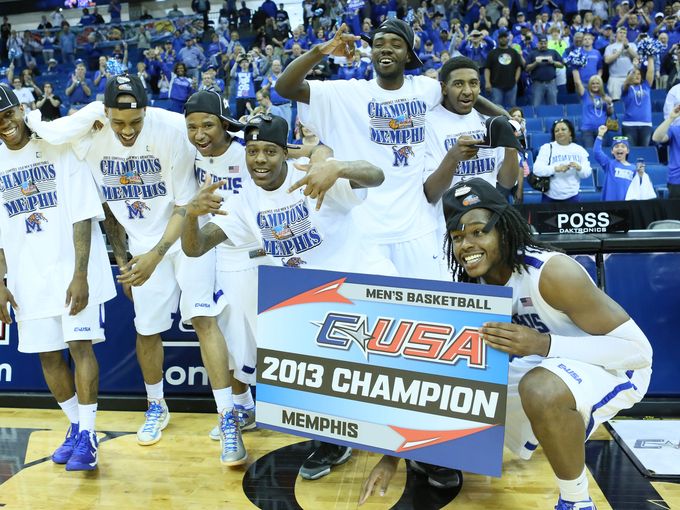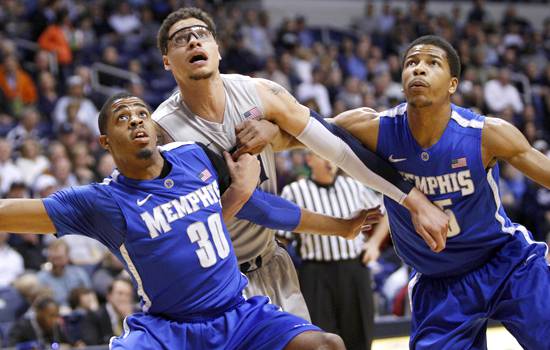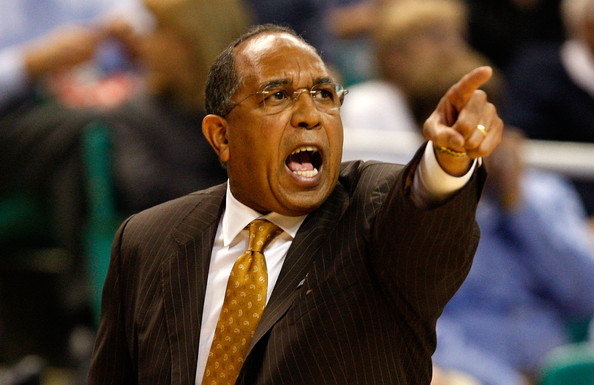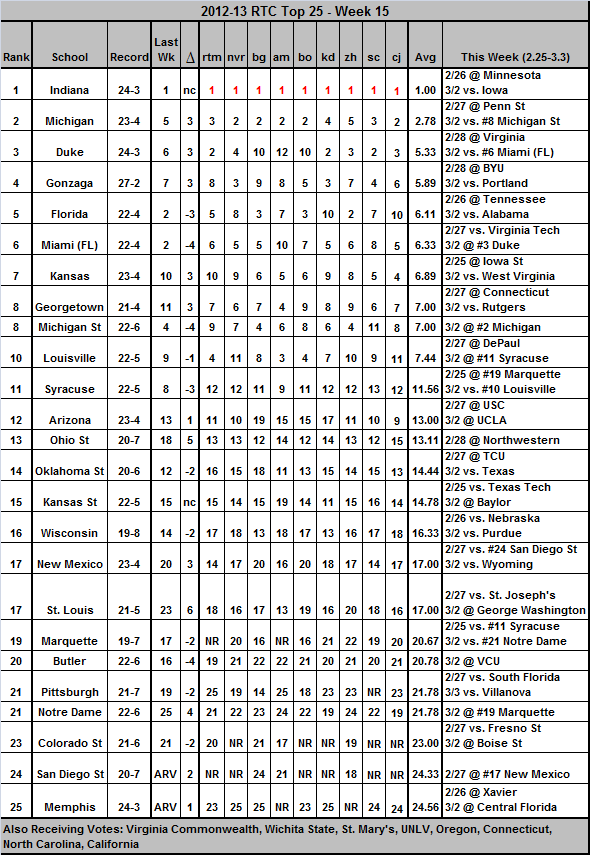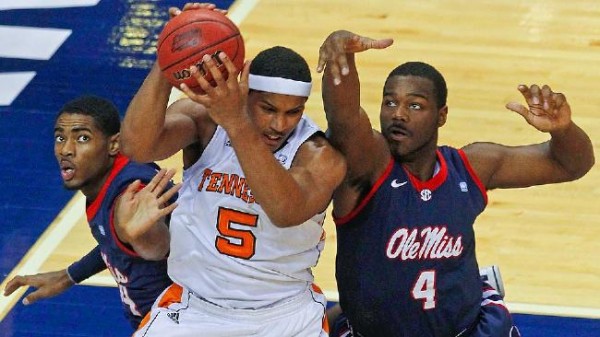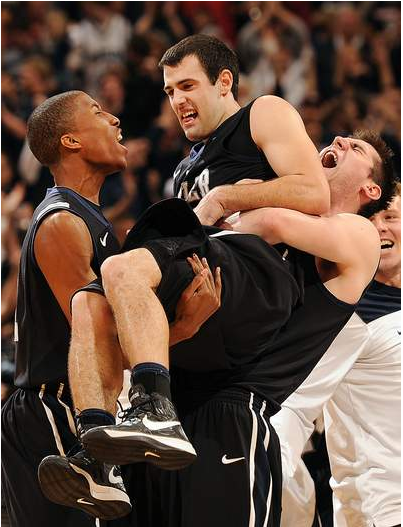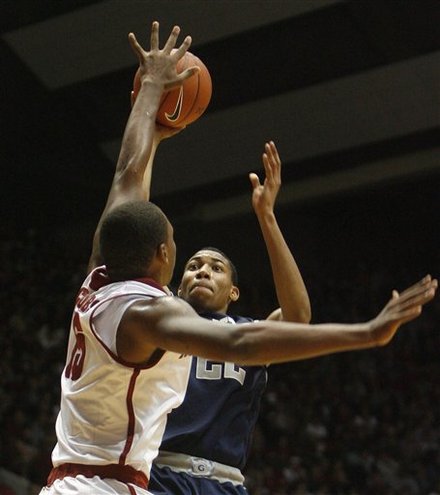Bracket Prep: Albany, Memphis, Southern, North Carolina A&T, Kansas & New Mexico
Posted by BHayes on March 17th, 2013Championship Week reached a crescendo on the eve of Selection Sunday, as thirteen automatic bids were handed out. As each of the 31 automatic qualifiers plays their way into the Dance over the next week, we’ll take some time to give you an analytical snapshot of each team that you can refer back to when you’re picking your brackets this week.
Albany
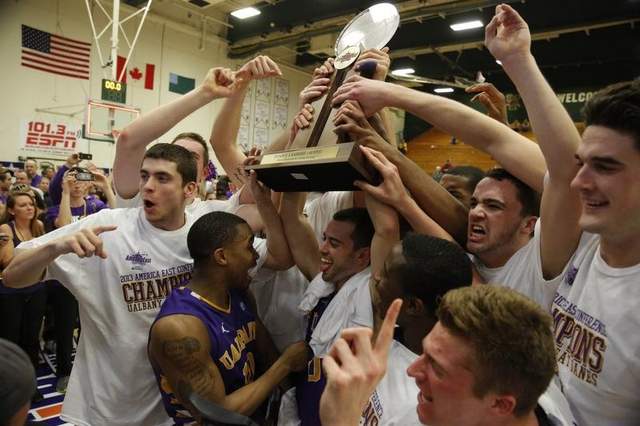
How About A Court Storming On An Opponent’s Home Floor? Completely Legal, Especially If A Trip To The Big Dance Is On The Line. Congratulations Albany.
- America East Champion (24-10, 12-7)
- RPI/Pomeroy/Sagarin = #143/#152/#172
- Adjusted Scoring Margin = +2.0
- Likely NCAA Seed: #16
Three Bruce Pearls of Wisdom.
- It’s been a rollercoaster of a year for Albany, but Saturday’s ticket-punching win at Vermont means the ride will roll on to the Big Dance. The America East champs put together an impressive 11-3 non-conference campaign that included a win at Washington, but conference play proved trying for Will Brown’s team, as a 9-7 finish left them as the fourth seed in the America East tournament. Albany lived the familiar March mantra “survive and advance” to the fullest this week, winning three games by a total of eight points to earn the bid.
- In a fashion quite typical for these Great Danes, Albany won games this week in which they scored 50, 61 and 53 points, respectively – not exactly “grab some popcorn and take in the show” territory here. The tempo is predictably slow (279th nationally), and with national ranks of 170th offensively and 144th defensively, Albany is very much middle of the road on both ends of the floor. Where the Great Danes do excel is on the glass. They are an above average offensive rebounding team and rank 40th nationally in collecting caroms on the defensive end, aided in part by a relatively big lineup, especially for the America East.
- The Albany offensive blueprint is not especially refined, but they rely heavily on a small senior duo of three-point shooters. 6’0” Mike Black leads the Danes in scoring at 15 a contest and towers over his backcourt mate, 5’10” Jacob Iati, who chips in 12.2 PPG. The two have combined to make 139 threes this season, and they would be well served to keep chucking come next week, because unless Albany gets slotted for the First Four in Dayton, it will take a hot shooting night and then some (and then some more, and some more…) to keep the Danes surviving and advancing.
Memphis
- Conference USA Champion (30-4, 19-0)
- RPI/Pomeroy/Sagarin = #15/#38/#27
- Adjusted Scoring Margin = +12.0
- Likely NCAA Seed: #7-#9





























